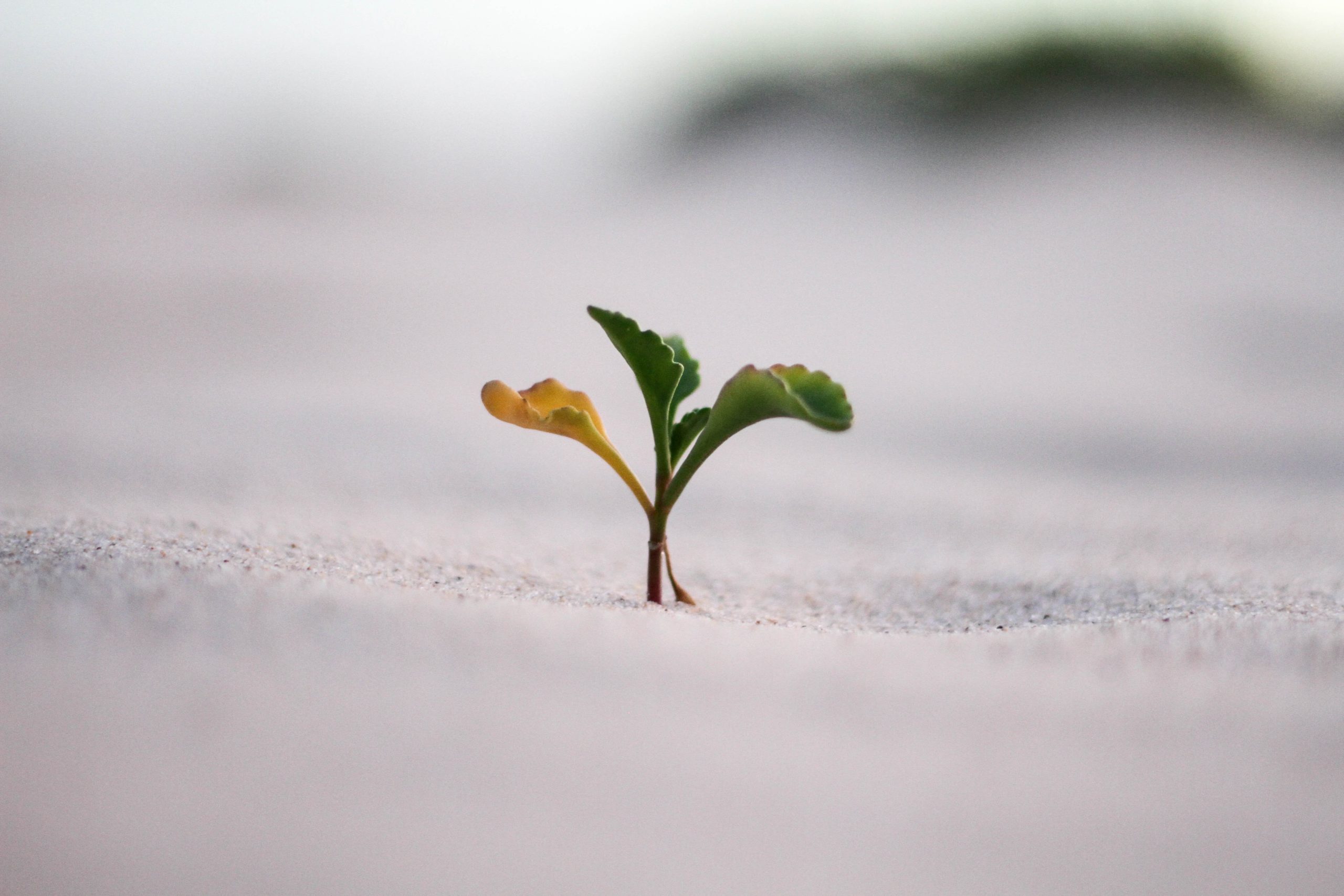
After several months into the Corona pandemic, it is finally also time for oikos to publish an article on resilience. Or rather: on organizational resilience and from where we take the capacity to thrive in these uncertain times. But what does resilient actually mean? When we take a social-systemic, scientific perspective, we could wrap it up as the ability to withstand shocks, to bounce back into a former state- but also to transform and take a leap (some call it transformative resilience, I call it salience).
What do we see now when we look out of the window after a global crisis has hit our world? One organization after another losing ground, uncovering the state of our economic system as a whole. Not very resilient (or rather dead..).
oikos is an organization like all and no others, the same but different. Yes, there are people working together, but the mix of employees and student volunteers which are spread all over the world and a legacy of over 3 decades render our case fairly complex and delicate. Not to forget: the high-pace and high-pressure journeys students take in an otherwise incredibly slow higher education system and the subliminal urge to have a positive impact which is reinforced by our strong sense of shared purpose and doing good. Changing a system is a dance – and I feel that we way too often forget to look at the health of our own little system itself, the organisation with the people that surround us every day. But isn’t it on this intimate dance floor that we learn how to make the big steps?
When COVID-19 made several countries escalate and react hastily to protect their boundaries, one thing I observed was that the oikos community, and especially the international team, started to move (digitally) closer together. For us, the digital environment was nothing new – yet we all felt how the energy out there shifted and how helpful it was to have a safe space to share, exchange and create room for others to do so. In a collective effort, we mastered to shift all our programs, events and projects to the virtual realm and experienced participation that was as high as never before. Beyond this, the crisis is giving us an opportunity to refocus, breathe and practice our adaptive capacity as a team.
This would have looked completely different if we’d have moved in without a culture that has been nurtured over the years. I don’t know many organizations where there is such a high level of trust and diversity. We, as a team, use every opportunity for learning and making mistakes, reconciling around a higher purpose that is very tangible for all of us. I believe that this is directly related to the open-minded crowd that is attracted by the sustainability discussion, but also to our active capacity building. Our leadership program LEAP, for example, teaches us all the leadership skills that are required to take responsibility and hold the space, even in the most turbulent times. Another journey we just started: getting more agile with our structures and governance, one key to be more responsive to sudden changes in the environment. We strive towards more self-organized settings for our community – but we also understand that this has to start with our team itself and that structures are not enough. This is also due to the massive turnover in our community due to people graduating or taking different paths. But of course, we are far from being there yet and that also challenges our resilience.
Luckily, at the end of 2019, we crossed ways with just the right people, what gave us the chance to move on with this topic before the word Corona meant more than a bottle of beer: We had the great pleasure to be hosted by Bernhard Possert, the great mind behind the SDO Model for Self-Organizing and Developing Organizations. Organizations that decide to follow this path towards higher agility are invited on a personal, cultural and structural journey with their team. A colourful group of oikees joined the 6 sessions with Bernhard, learning that the developmental and the structural discussions within organizations are highly intertwined. Over the interactive workshops, we got to know the SDO matrix of development and we quickly realized that we already moved up several stairs on the developmental and the structural side, organically and through our intuition. In every session, we were introduced to very helpful tools and methods fitted to our context. Using the SDO playbook to frame the sessions (which is freely available online), we had the chance to directly apply some exercises and reflect on them.
One of our favourite exercises: stars, moons and batteries – which roles make you thrive, which do you perform with ease but without joy and which take your energy? We touched upon topics like feedback, delegation, power dynamics, culture, consent decision making, and a lot more. We all were very impressed by Bernhard’s great talent in providing the space to go both, broad and deep. What we take with us is a lot of inspiration, a better understanding of where we can move and grow and a confirmation that we already are travelling on the right paths.
We already implemented, adapted and used several of the proposed methods: a renewed meeting structure, decision-making process and role manifestation are examples and will be just the beginning.
In the name of all participants, I wish to give a big shout out to Bernhard, thank you so much for your time & wisdom! Our journey together was incredibly valuable and we hope to move on further, also because we see how this small-scale practice made us more aware of our gaps, our opportunities and strengths as an organization. The SDO model will be a lever in our organizational development – and help us to grow even more adaptive & resilient over time.
You want to know how and where we will move next? And how do we link all of this to sustainability? Follow us on our organizational development journey & watch us transform!
Learn more about Bernhard here
Authors: SophieCharrois, Benoit Pitsaer
Photo by Jeremy Bishop on Unsplash



